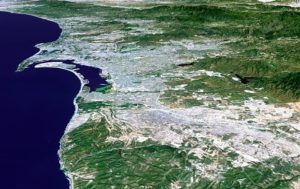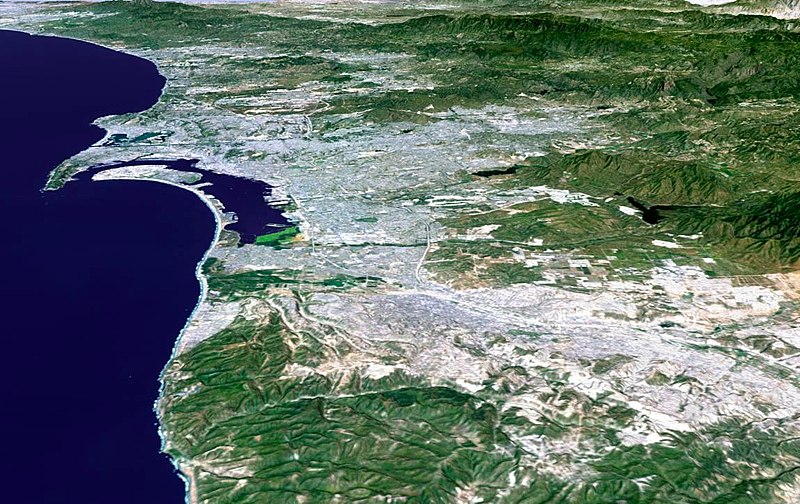On Sept. 7, 2018 in “Decision issued against Grapevine development – a near billion-a-year extra travel miles avoided,” some of what was written was: “Separating – and situated between – Los Angeles and Bakersfield are the Tehachapi Mountains. Proposed for the region between was an 8,000-acre development known as Grapevine. The development, to have been sited completely within Kern County borders but very near to the Kern County-Los Angeles County Line, would have enabled what is referred to as “leap-frog-style” development to move forward in the mountainous region.”
Incidentally, successful was a recent challenge contesting that development’s legality. Such was spelled out in the Air Quality Matters post referenced above.
Well, it should be to no one’s surprise, really, the issue has surfaced again, only, this time, the region identified is located in San Diego County.
And, in response, organizations have filed a lawsuit aimed at stopping a proposed combined housing- and commercial-space development there.

In an Oct. 25, 2018 press release, the Center for Biological Diversity (Center) explains, “Conservation organizations sued San Diego County today for approving the Newland Sierra development. Located in a very high-severity fire hazard zone, the project poses significant threats to the community and wildlife. It will also add more than 1 million metric tons of greenhouse pollution over the project’s lifetime.”
And, the fire-danger issue could not be more relevant than right now in both northern and southern California where the Camp and Woolsey fires, respectively, have displaced people, claimed lives and burned numerous structures. According to recently updated information, the Camp and Woolsey fires are 35 and 52 percent contained.
And these aren’t the only California wildland fires burning at this time.
But, back to the Newland Sierra-lawsuit matter, the Center continues: “The proposed development would urbanize a rural area of northern San Diego County by building 2,135 new homes and 81,000 square feet of commercial space. The project site is located in some of the last remaining high-quality core habitat in the Merriam Mountains, which provides critical habitat and key corridors for the federally threatened coastal California gnatcatcher as well as mountain lions and bobcats. Currently the project site contains diverse and sensitive plant communities, including coastal sage scrub, chaparral and oak woodlands.”
Jumping down in the release some, the Center further emphasized, “The environmental review for the destructive development violated the California Environmental Quality Act by failing to fully analyze the project’s likely environmental harms and refusing to adequately mitigate those harms. For example, the project relies on dubious and uncertain carbon offsets to reduce the development’s climate impact rather than making on-site changes to the project. The project also calls for an amendment to the county’s long-standing Resource Protection Ordinance that will allow the developer to destroy wetlands without doing any mitigation.”
It wasn’t just that the environmental review was in violation of CEQA, but also that it was incomplete! How can something like this even happen?!
Moreover, Director of the Center’s Urban Wildlands program, Aruna Prabhala, was quoted in the release as having said, “‘This leapfrog development will destroy crucial animal habitat and put thousands of new residents in the heart of wildfire country while making evacuation more difficult for everyone else. That’s just unacceptable.’”
The lawsuit was filed in San Diego County Superior Court on Oct. 25th by both “the Center for Biological Diversity and Endangered Habitats League,” according to information provided by the Center in the release.
For more on this matter, see the “Lawsuit Challenges Habitat-destroying Sprawl Development in San Diego County: Isolated Newland Sierra Project Poses High Wildfire Risk, press release here.
Image above: NASA
This post was last revised on Dec. 19, 2020 @ 8:13 p.m. Pacific Standard Time.
Published by Alan Kandel
